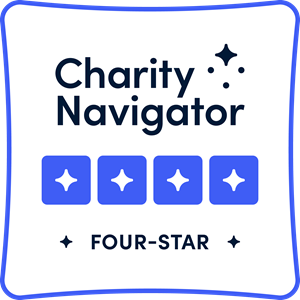Supporting the Integration of Israel’s Haredim
Reflections from the Federation’s Israel Mission
Israel’s Haredim (ultra-Orthodox Jews) live a somewhat isolated existence, with many adverse conditions that add to the country’s rise in income inequality. Many Haredi Jews are educated in religious schools where they do not learn core curriculum subjects like math and science; they experience high unemployment rates and don’t participate in the military. They generally have large families, sometimes exceeding 10 children. The result is a growing population that is increasing vis-a-vis the secular Israeli population. The social challenges and population increase, coupled with the extreme poverty and unemployment found in the Arab and Bedouin communities in Israel, create significant challenges to social cohesion and the quality of life inside Israel, in addition to the security threats from the outside.
During our board’s Mission to Israel this March, we visited many sites in Haredi communities, including a number of Federation grantees. First, we were introduced to the Haredi city of Bnei Brak, where we saw a community characterized by extreme poverty and overcrowding within a city of modern high rises. More than 50 percent of the population lives below the poverty line, and many families with a mother and father plus up to 10 children live in cramped two-bedroom apartments.

Bnei Brak’s streets are occupied mostly by men and lined by a variety of tzedakah boxes (called pushkes) to raise money to help the Haredim eke out an existence. We saw a very large and famous Yeshiva and learned what a limited general education is provided for the boys who enroll. By contrast, the girls in the community do receive a general education, which is fortunate because they are expected to bear the children and work to support their families. This is difficult, as girls earn 40 percent less than their male counterparts, who, in turn, earn 30 percent of the national average. Haredi youth have almost no secular education nor exposure to the modern world, which theoretically keeps Haredi families inside the community ignorant of much of life in the secular society. This isolation is being somewhat challenged by the Internet, which exposes users to life beyond their physical walls. Yet the number who choose to leave is limited.
The Federation’s partners and grantees serving the Haredi community include Ravtech, a Haredi software house that provides a general and high tech education enabling young men to be employed and break out of the cycle of unemployment and poverty while maintaining their daily practice of studying Jewish texts. Another grantee we visited is Hillel, A Right to Choose, which provides emergency services to Haredim who leave their communities, including those who escape from arranged marriages with an abusive husband. Hillel provides education, counseling, and even shelter. We met with another nonprofit, Nivcharot, run by two women named “Estee,” who shared their work to empower women in their quest for knowledge and participation in the political process (today, no seats are held by Haredi women in the Knesset). We visited one of the Estees in her beautiful two-story apartment, which stood in sharp contrast to the slum-like conditions of Bnei Brak. We saw this and more in our meaningful and educational day with Israel’s Haredi community.
Lynn Sedway is a member of the Federation's Board of Directors.
From March 6 - 11, 2017, the Federation’s Board of Directors and Israel Committee participated in a Mission to Israel to learn about the work of the Federation’s partners and grantees in Israel, who are actively and heroically building a pluralistic, democratic, and egalitarian society.

